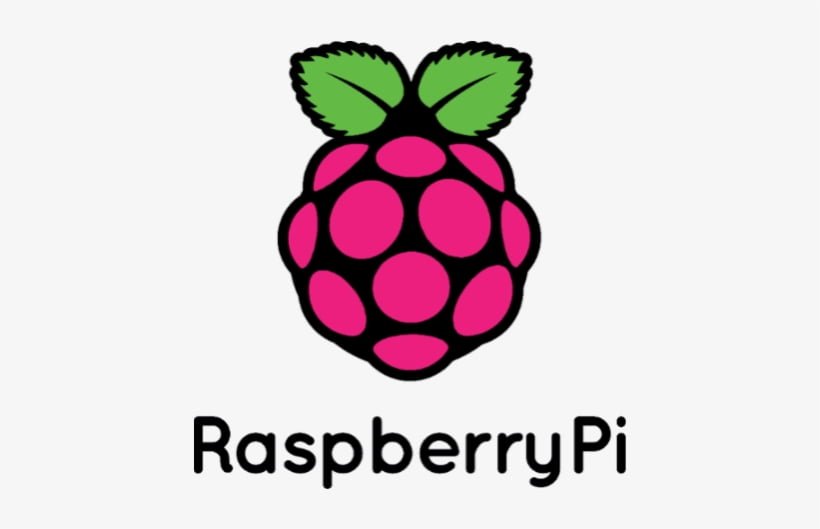
Raspberry Pi Customization and Theming Guide
Your Raspberry Pi is not just a versatile computer; it’s a canvas for creativity and individuality. In this guide, we’ll explore how to personalize your Raspberry Pi by customizing its appearance, changing themes, and making it truly yours.
Why Customize Your Raspberry Pi?
Personalization is not just about aesthetics; it’s about creating a workspace that inspires and motivates you. Whether you’re using your Raspberry Pi for coding, projects, or daily tasks, a customized environment can enhance your experience and productivity.
Changing the Raspberry Pi Theme
Choosing a New Theme:
- The default Raspberry Pi desktop environment, typically Raspberry Pi OS, offers various themes to choose from. Go to the “Preferences” menu and select “Appearance Settings” to explore available themes.
Customizing the Theme:
- You can further tweak the selected theme by adjusting elements like the desktop background, fonts, and colors to match your preferences.
Setting a Custom Wallpaper
Selecting an Image:
- Personalize your desktop by choosing a custom wallpaper. Right-click on the desktop and select “Desktop Preferences.” Browse for an image on your Raspberry Pi or from an external source.
Position and Appearance:
- You can adjust the image’s position and how it appears on your desktop to achieve the desired effect.
Changing Icons and Cursors
Icon Themes:
- You can change the icons on your Raspberry Pi by installing different icon themes from the official repositories or third-party sources.
Cursor Themes:
- Similarly, you can change the cursor style by installing different cursor themes.
Customizing the Taskbar and Panel
Taskbar Preferences:
- Right-click on the taskbar to access preferences. Customize the location, size, and behavior of the taskbar to suit your workflow.
Adding Widgets:
- Add helpful widgets like a weather forecast, system monitor, or a calendar to your desktop panel for quick access to information.
Changing the Boot Splash Screen
- Modifying the Boot Logo:
- Customize the boot splash screen by replacing the default image with your own custom image. This change will be displayed during the boot-up process.
The boot splash screen image on Raspberry Pi is typically located in the /usr/share/plymouth/themes/pix/ directory. This directory contains the default Raspberry Pi splash screen image, named splash.png. Here’s how you can access and replace it:
Accessing the Directory:
- Open a terminal on your Raspberry Pi.
Navigate to the Theme Directory:
- Use the following command to go to the theme directory:
cd /usr/share/plymouth/themes/pix/
- View the Contents:
- You can use the
lscommand to view the contents of the directory and confirm that thesplash.pngfile is present:
- You can use the
ls
- Backup the Original Image (Optional):
- Before replacing the splash screen, it’s a good idea to create a backup of the original image in case you want to revert to the default at some point. You can copy it to your home directory with a command like:
sudo cp splash.png ~/splash_backup.png
- Replace the Splash Screen:
- To replace the existing
splash.pngimage with your custom image, copy your new image (which should have the same name and format, typically a PNG file) to the theme directory:
- To replace the existing
sudo cp /path/to/your/custom_splash.png splash.png
Make sure to replace /path/to/your/custom_splash.png with the actual path to your custom image.
Update the Initramfs:
- After replacing the image, you need to update the initramfs for the changes to take effect. Use the following command:
sudo update-initramfs -u
Once you’ve completed these steps, the new custom boot splash screen image will be displayed during the boot-up process on your Raspberry Pi.
Please note that modifying system files, including the boot splash screen, should be done with caution. Make sure you have a backup and be aware of the potential impact on your system.
Using Conky for System Information
- Install Conky:
- Conky is a system monitoring tool that can display real-time information on your desktop. Install Conky to keep an eye on your system’s performance.
Conclusion
Personalizing your Raspberry Pi is more than just changing appearances; it’s about making it your own. These customization options are just the beginning, and you can delve deeper into theming, widgets, and more to create a Raspberry Pi environment that suits your style and needs. Enjoy the process of making your Raspberry Pi truly unique!
In future guides, we’ll explore even more ways to tailor your Raspberry Pi experience to your liking.
You can explore more of our Raspberry Pi guides here: Raspberry Pi for Beginners
Unlock the Possibilities
We have put together a list of some great Raspberry Pi products and deals: Shop Raspberry Pi Goodies Now!

